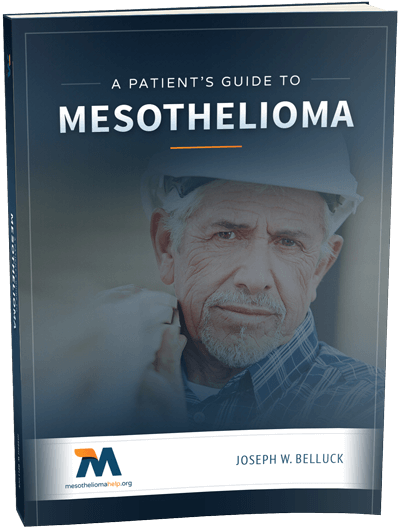Could there be another mesothelioma cell type beyond epithelioid, sarcomatoid, and biphasic?

In recent years, mesothelioma histology has become more important than ever, as researchers find that certain treatments are more effective against different cell types. The epitheliod subtype of mesothelioma is by far the most common and is considered the least aggressive of the three types. The sarcomatoid subtype is less common but most aggressive. When a tumor contains both types of cells, it is known as biphasic.
As far as treatment goes, epitheliod mesothelioma tends to respond to chemotherapy better than the sarcomatoid subtype, while benefits of immunotherapy are more pronounced in patients with the more aggressive sarcomatoid subtype.
But now, researchers believe to have identified mesothelioma cells that are neither sarcomatoid nor epitheliod. In the preprint article “Comprehensive multi-site profiling of the malignant pleural mesothelioma micro-environment identifies candidate molecular determinants of histopathologic type,” by Raphael Bueno, MD, et al., the authors suggest that a third category of cells exist in the tumor microenvironment of mesothelioma and are most prevalent in tumors of patients with biphasic disease. Those cells have been named “uncommitted” because the idea is that at some point they might take on an epitheliod or sarcomatoid appearance.
As the researchers examined tumor samples, they noticed that in predominantly epitheliod, and in predominantly sarcomatoid mesotheliomas, such uncommitted cells were few, but in biphasic mesothelioma they were substantial.
Significance of histology (tumor cell type) for mesothelioma patients
The cellular type of the mesothelioma tumor helps doctors determine the prognosis and best treatment for a patient. For example, it is currently known that survival varies depending on the cell type. Patients with epitheliod mesothelioma have the best prognosis, and those with sarcomatoid the worst. The biphasic patients tend to fall in between depending on the proportion of epitheliod vs sarcomatoid cells in their tumors. Moreover, tumor histology helps doctors identify the best treatment for a patient. Sarcomatoid and biphasic tumors have shown the greatest benefit when treated with immunotherapy, and the least benefit when treated with chemotherapy. As mesothelioma research continues to advance, the tumor microenvironment is seen as far more important than individual cells in the proliferation of this cancer.
Because mesothelioma prognosis currently relies so heavily on histology, this discovery adds another layer of nuance to an already complex disease. In addition to understanding the significance and purpose of these uncommitted cells, another question for researchers to untangle in the future will be to understand whether these uncommitted cells ultimately become committed, and whether they commit to the epitheliod or sarcomatoid type and why.
Free Mesothelioma Patient & Treatment Guide
We’d like to offer you our in-depth guide, “A Patient’s Guide to Mesothelioma,” absolutely free of charge.
It contains a wealth of information and resources to help you better understand the condition, choose (and afford) appropriate treatment, and exercise your legal right to compensation.
Download Now